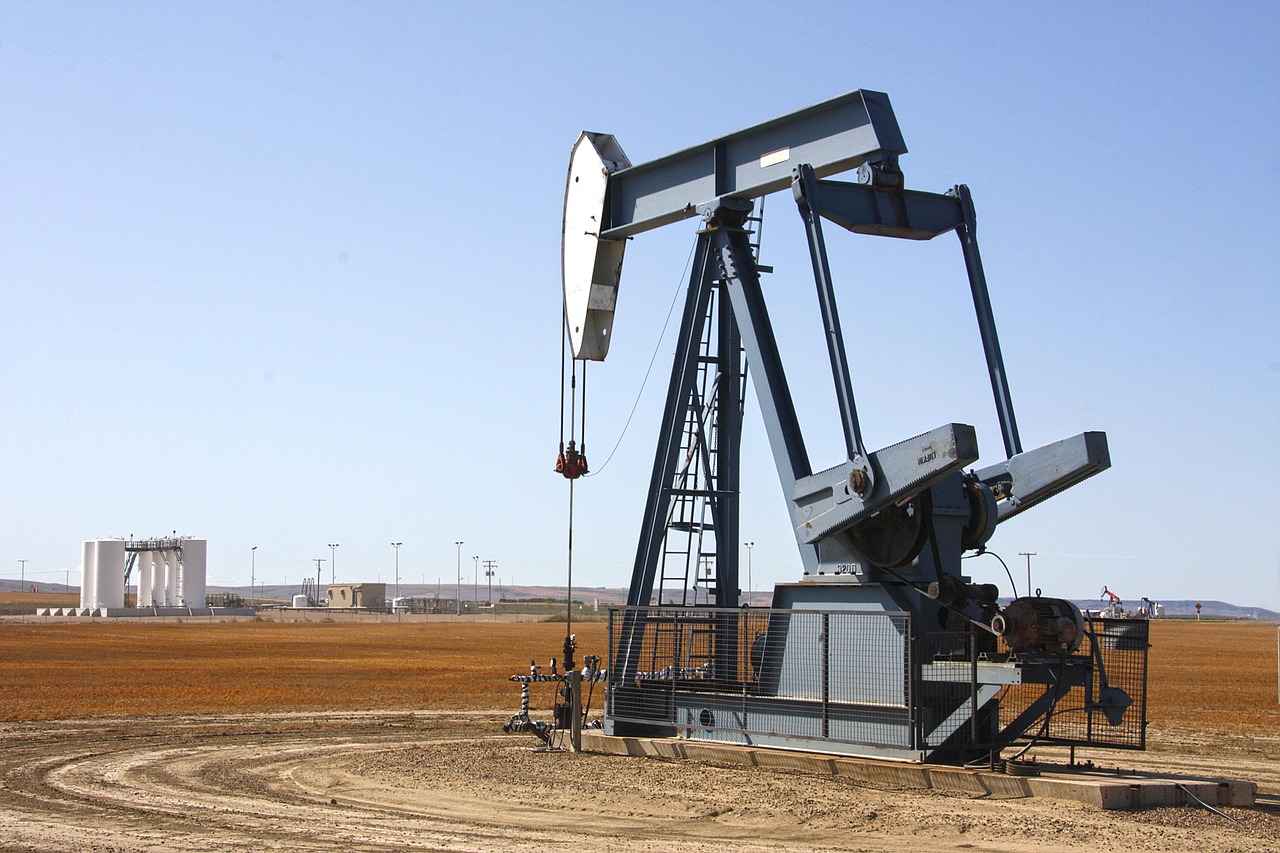The US has become the world’s oil barrel of last resort, single handedly keeping prices in the energy market from exploding even higher by selling a large chunk of its Strategic Petroleum Reserve. Washington can’t use the reserve forever: it’s a finite stockpile fighting a potentially unlimited flow shortage. More worryingly, the US is depleting its cache a lot faster than it looks.
Q1 2022 hedge fund letters, conferences and more
And that matters. The International Energy Agency earlier this week warned that “global oil supply may struggle to keep pace with demand next year.” The SPR may be the final cushion late this year and in 2023 to put a lid on oil prices — and global inflation. What Federal Reserve Chair Jerome Powell and his peers around the world do with interest rates hinges in large part on energy market developments.
To understand the limits of the SPR, one has to go into the plumbing of the reserve itself, and the inner workings of the US oil-refining industry. Over the past year, the White House has sold almost 115 million barrels from its hoard, with the releases surging to a record high of nearly one million barrels per day since mid-May. At the current rate, the US is selling more barrels from its reserve than the production of most medium-sized OPEC countries, such as Algeria or Angola.
If Washington sticks to its current pace, the reserve will shrink to a 40-year low of 358 million barrels by the end of October, when the releases are due to stop. A year ago, the SPR, located in four caverns in Texas and Louisiana, contained 621 million barrels. As the oil market looks today, it’s difficult to see how Washington can halt sales in October. Removing that additional supply would mean commercial inventories quickly deplete, putting upward pressure on oil prices.
In theory, what’s going to be left beyond October would still allow the White House to sell more crude in November and December, and into next year. But there’s an important catch: Not all of the crude set aside is equal, and what’s left is, increasingly, far less useful than what’s already gone.
Broadly speaking, the SPR contains two kinds of crude: medium-sour, and light-sweet. The first adjective refers to the oil’s density, the second is about sulphur content. Typically, US refiners prefer medium-sour crude, which is denser and has more sulphur but is a variety they can easily process into gasoline and other products thanks to their highly sophisticated plants.
Read the full article here by Javier Blas, Advisor Perspectives.

